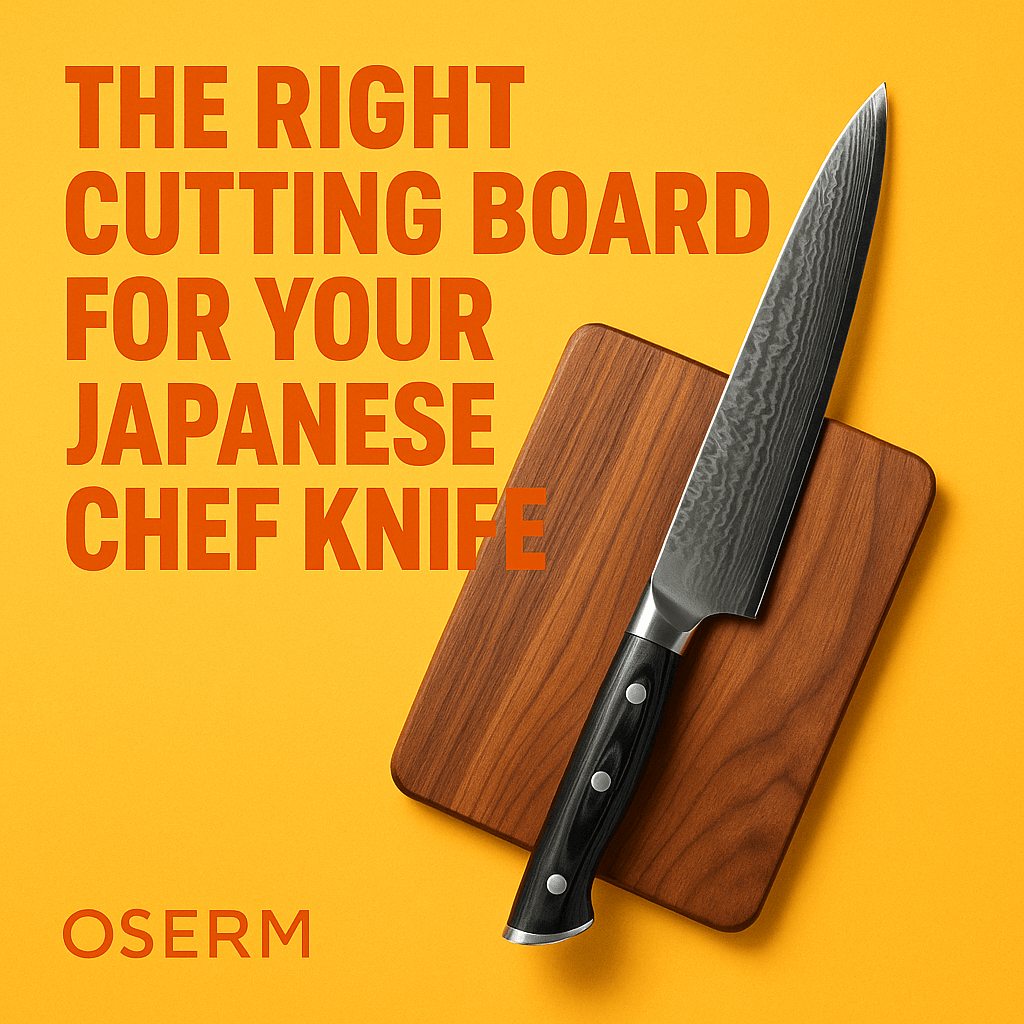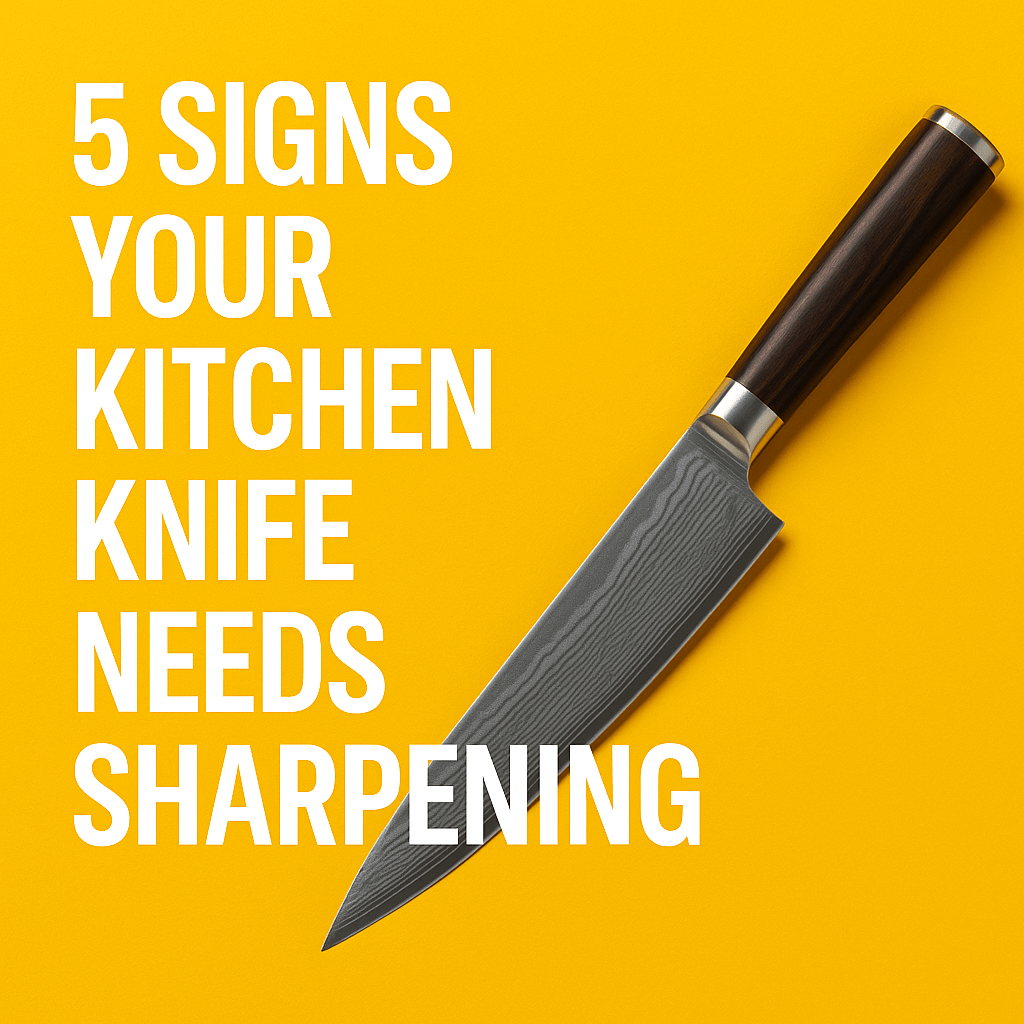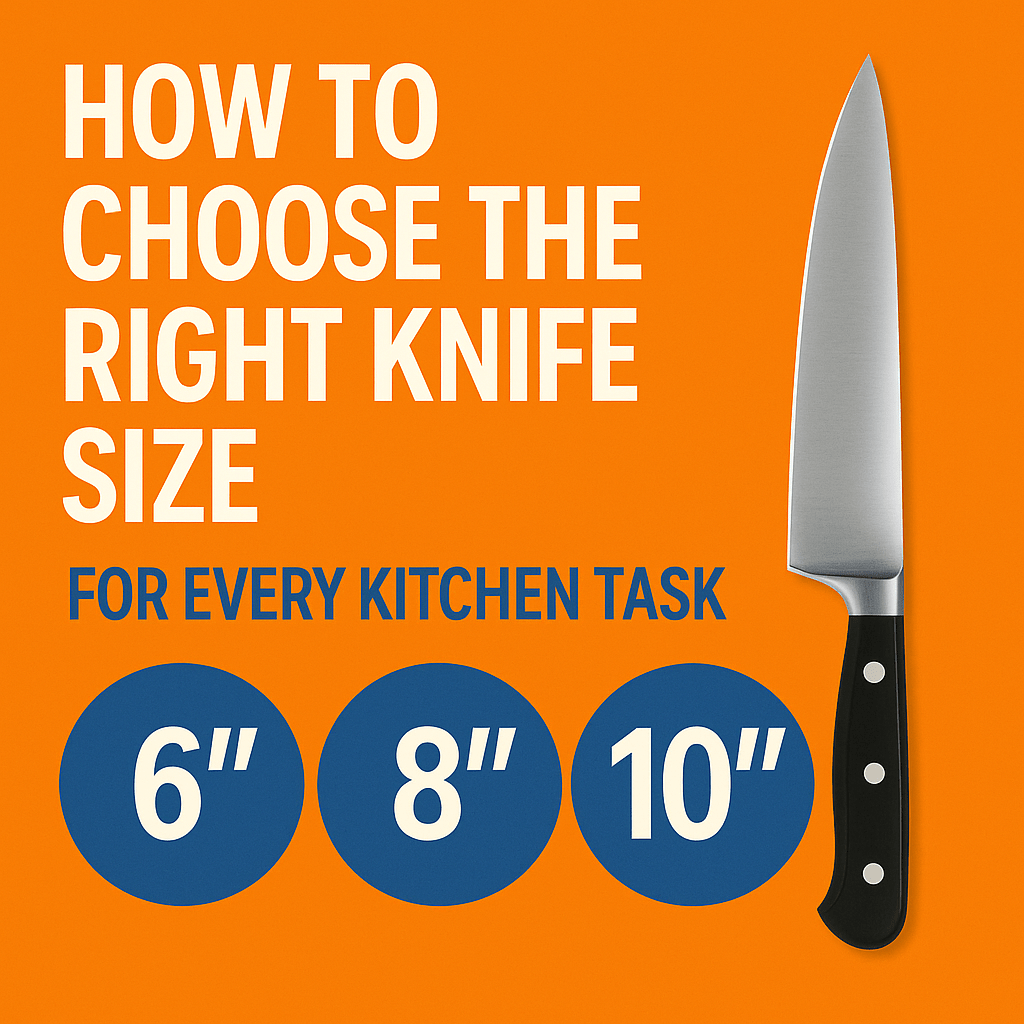
The Right Cutting Board for Your Japanese Chef Knife
A well-crafted Japanese chef knife, like those from OSERM, is an investment in precision, performance, and culinary enjoyment. But even the sharpest, most durable blade can lose its edge quickly if it meets the wrong cutting surface. The cutting board you choose isn’t just a kitchen accessory — it’s a vital partner in keeping your knife sharp, safe, and effective.
🔍 Why the Cutting Board Matters More Than You Think
Every cut you make sends your knife’s edge into contact with the board beneath. On a microscopic level, each impact slightly wears down the fine edge of the blade. Over time, these small impacts add up. If your board is too hard, you’re essentially chipping away at your knife with every slice. If it’s too soft or rough, it can harbor bacteria and become a hygiene risk.
For Japanese knives, which are typically forged with a harder steel than most Western knives, protecting that razor-thin edge is especially important. The right board can mean the difference between sharpening once a month or just a few times a year.
🌲 Wood vs. Plastic: The Classic Debate
Wood Cutting Boards
High-quality end-grain hardwood boards — like maple, walnut, or cherry — are considered the gold standard for preserving knife edges. In an end-grain board, the wood fibers stand vertically, allowing the blade to sink slightly between them. This reduces resistance and helps the board “self-heal” from minor cuts.
Benefits of Wood Boards:
- Gentle on knife edges, minimizing dulling.
- Attractive, adding warmth and character to your kitchen.
- Self-healing properties mean fewer deep grooves.
- Long-lasting with proper care.
Drawbacks:
- Requires regular oiling to prevent drying and cracking.
- Not dishwasher-safe — must be hand-washed.
- Heavier and more expensive than other options.
Plastic Cutting Boards
Plastic boards are lighter, less expensive, and can often go into the dishwasher for easy cleaning. They’re popular in professional kitchens for handling raw meats, since they can be sanitized quickly.
Benefits of Plastic Boards:
- Affordable and widely available.
- Lightweight and easy to move.
- Dishwasher-safe for high-heat sanitizing.
Drawbacks:
- Can develop deep grooves that trap bacteria.
- Softer plastics wear out quickly with heavy use.
- Not as gentle on knife edges as quality end-grain wood.
🚫 Materials to Avoid for Japanese Knives
Some cutting board materials might look beautiful but are a disaster for your knife:
- Glass or tempered glass: Extremely hard, will dull or chip your blade in no time.
- Marble or granite: Elegant but brutal on sharp edges.
- Bamboo: Eco-friendly but very hard and often glued with adhesives that are rough on blades.
- Cheap composite boards: May contain resin or particles that scratch steel.
🛒 How to Choose the Right Board for Your Kitchen
When shopping for a cutting board, think about both your knife and your cooking style:
- If you do a lot of fine chopping and slicing with vegetables — an end-grain hardwood board is ideal.
- If you handle raw meat frequently — keep a separate plastic board for hygiene.
- If you want one all-purpose board — choose a large, reversible board with one side for meat and one for produce.
🧽 Cutting Board Care for Maximum Knife Life
Even the best cutting board needs proper maintenance to protect your knife:
- Wash wooden boards with mild soap and warm water — never soak them.
- Oil wooden boards monthly with food-grade mineral oil.
- Replace plastic boards when they have deep, stained grooves.
- Store boards upright to allow airflow and prevent warping.
💡 OSERM Pro Tip
For the ultimate knife protection: keep one premium end-grain wooden board for all your slicing and chopping, and a lightweight plastic board for meat and seafood prep. This setup minimizes wear on your knife and keeps your kitchen safe.
🎁 Special Offer
This week only: 30% OFF all OSERM Japanese Chef Knives + FREE U.S. shipping.
👉 Shop Now
Tags: best cutting board for Japanese knives, how to protect knife edge, wood vs plastic cutting board, cutting board for sharp knives, OSERM knives






